John Marsden and “The Rabbits” (Part Three)
(CONTINUED FROM PART TWO)
Here now is my old review for the book. I wrote this three years ago, and would probably describe it in different terms today, but I agree with this sentiment all the same.
 First of all, I’m going to admit right here and now that I was seriously depressed as a child by Dr. Suess’s, "The Lorax". A great book and a great story and a great moral and it brought me down low. But that’s okay. I got over it. I was doing all right. Then I idly picked up John Marsden’s, "The Rabbits" in my local lending library. Suddenly all the feelings I’d ever felt after reading "The Lorax" were back, but stronger. I came to the realization that this book was better than the Seussian creation. It carries a different message, but the idea behind the tale (and the method of teaching it) is the same. Once you’ve read "The Rabbits", you can’t unread it. It sticks in your brain and you start to see its scenes replaying themselves in your mind at the oddest of times. The best word I can conjure up to describe this book is "haunting". It’s like nothing you’ve ever read before.
First of all, I’m going to admit right here and now that I was seriously depressed as a child by Dr. Suess’s, "The Lorax". A great book and a great story and a great moral and it brought me down low. But that’s okay. I got over it. I was doing all right. Then I idly picked up John Marsden’s, "The Rabbits" in my local lending library. Suddenly all the feelings I’d ever felt after reading "The Lorax" were back, but stronger. I came to the realization that this book was better than the Seussian creation. It carries a different message, but the idea behind the tale (and the method of teaching it) is the same. Once you’ve read "The Rabbits", you can’t unread it. It sticks in your brain and you start to see its scenes replaying themselves in your mind at the oddest of times. The best word I can conjure up to describe this book is "haunting". It’s like nothing you’ve ever read before.
ADVERTISEMENT
ADVERTISEMENT
To read this book requires understanding a little about its background. Originally published in Australia, the book is about the effects of colonization. As you may recall, rabbits were once a foreign species that was introduced to the Australian wildlife with disastrous results. Devouring the native resources and spreading like mad, both they and cane toads are considered dangerous pests. Taking that idea as a starter, we follow the arrival of civilized rabbits on a vaguely Australian-like land. The story is told from the point of view of some brown curly tailed spear carrying native animals. As the book begins, the native animals say, "At first we didn’t know what to think. They looked a bit like us. There weren’t many of them". Then time passes and more and more rabbits come to the land. They build their own kinds of houses and introduce their own animals. When the native creatures (bush babies, perhaps?) fight back, they loose because there are too many rabbits. The rabbits destroy the land and (in the worst and most heart-wrenching scene in the book) they, "Stole Our Children". Rabbit driven planes fly away with little baby creatures in kites trailing behind as they parents run along the ground, their arms extended. In the end, the land is bare and all the animals are gone. In a final picture, a native creature sits across from a rabbit next to a tiny puddle that reflects the stars, the ground littered with trash. The animal asks, "Who will save us from the rabbits?"
 Sad? You don’t know the half of it. It was delightful seeing how many details in this tale were particular to the Australian aboriginal people. The fact that their children were taken by the white settlers to be taught in white schools. Pictures of the fights (natives destroying the rabbit proof fences). Symbols repeat in illustration after illustration. The rabbit’s flags look British, until you realize that the lines on them are arrows pointing everywhere. The guns and houses of the rabbits are inscribed with the words, "Might = Right". If author John Marsden is clever, illustrator Shaun Tan matches him pound for pound. This tale is artistically and morally interesting. I’ve spent more time than I like to think about poring over these pages. The book is covered in the most minute and fascinating details. Notice the single yellow flower that grows in the rabbits’ town. The fact that the rabbits are partitioning out the land, even as they draw topographic lines on the ground. The cows that are permanently attached to milking machines and that already have their tasty parts outlined on their bodies
Sad? You don’t know the half of it. It was delightful seeing how many details in this tale were particular to the Australian aboriginal people. The fact that their children were taken by the white settlers to be taught in white schools. Pictures of the fights (natives destroying the rabbit proof fences). Symbols repeat in illustration after illustration. The rabbit’s flags look British, until you realize that the lines on them are arrows pointing everywhere. The guns and houses of the rabbits are inscribed with the words, "Might = Right". If author John Marsden is clever, illustrator Shaun Tan matches him pound for pound. This tale is artistically and morally interesting. I’ve spent more time than I like to think about poring over these pages. The book is covered in the most minute and fascinating details. Notice the single yellow flower that grows in the rabbits’ town. The fact that the rabbits are partitioning out the land, even as they draw topographic lines on the ground. The cows that are permanently attached to milking machines and that already have their tasty parts outlined on their bodies
It all comes down to that final question: Is this a book for children? Originally I said no and my husband said yes. Then I looked closely at the book. It’s not without a glimpse of hope, you know. Even as the little creature at the end asks, "Where is the rich dark earth brown and moist?", there’s a rabbit sadly dropping the dry rotten dust of the ground from its hand. The final shot of the two creatures facing one another across the tiny pond suggests that the only one to save them from the rabbits are the rabbits themselves. Some children will understand this story intrinsically while others will be brought down low by it. Know your child before you decide whether or not to share this book with them. If you decide they might not be ready yet, buy it anyway for yourself. Books like this one are rare pieces of art that disappear quickly. This tale is ideal for those adults that are learning to read as well. Honestly, I don’t know what more I can say to make you want to buy this book. If I have to, I’ll beg you. Please. People so rarely get a chance to see books this well made. Take the time to find it.
Filed under: Uncategorized
About Betsy Bird
Betsy Bird is currently the Collection Development Manager of the Evanston Public Library system and a former Materials Specialist for New York Public Library. She has served on Newbery, written for Horn Book, and has done other lovely little things that she'd love to tell you about but that she's sure you'd find more interesting to hear of in person. Her opinions are her own and do not reflect those of EPL, SLJ, or any of the other acronyms you might be able to name. Follow her on Twitter: @fuseeight.
ADVERTISEMENT
ADVERTISEMENT
SLJ Blog Network
One Star Review, Guess Who? (#202)
Exclusive: Giant Magical Otters Invade New Hex Vet Graphic Novel | News
Parsing Religion in Public Schools
Take Five: LGBTQIA+ Middle Grade Novels
ADVERTISEMENT

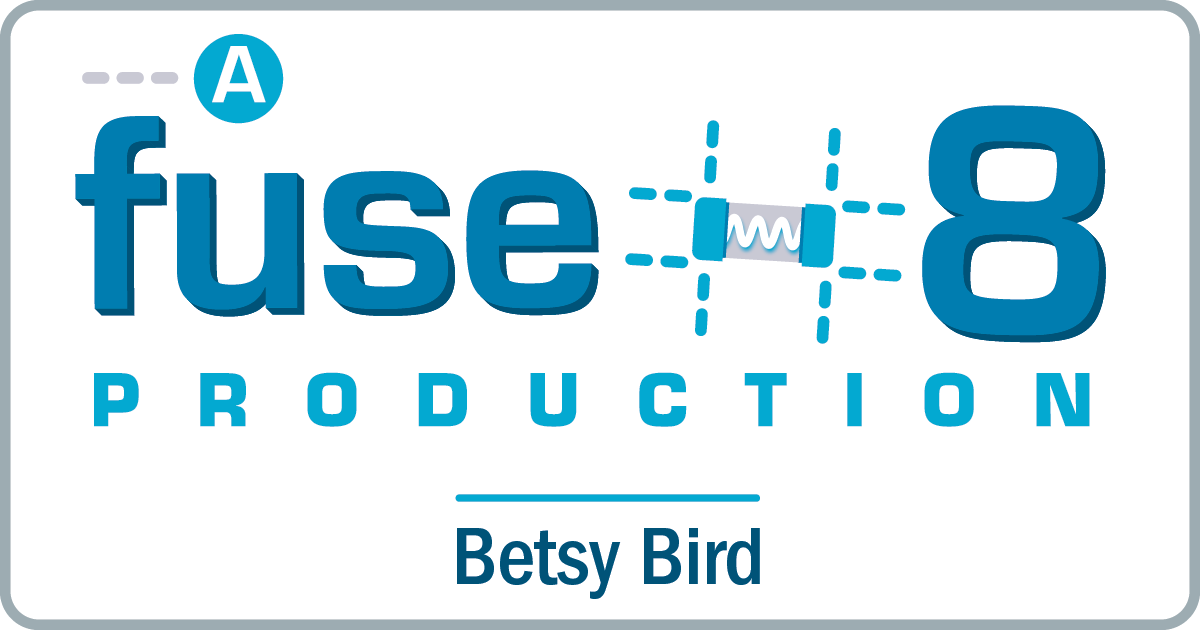

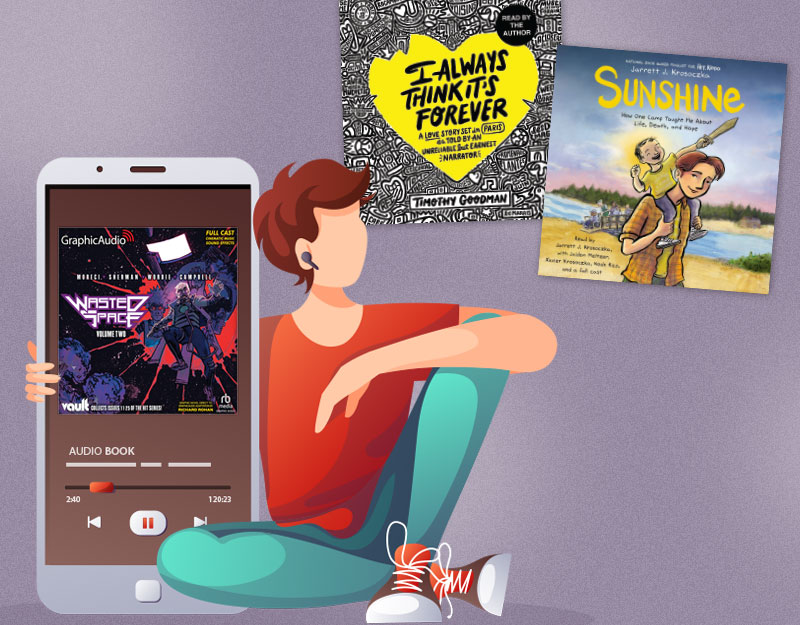
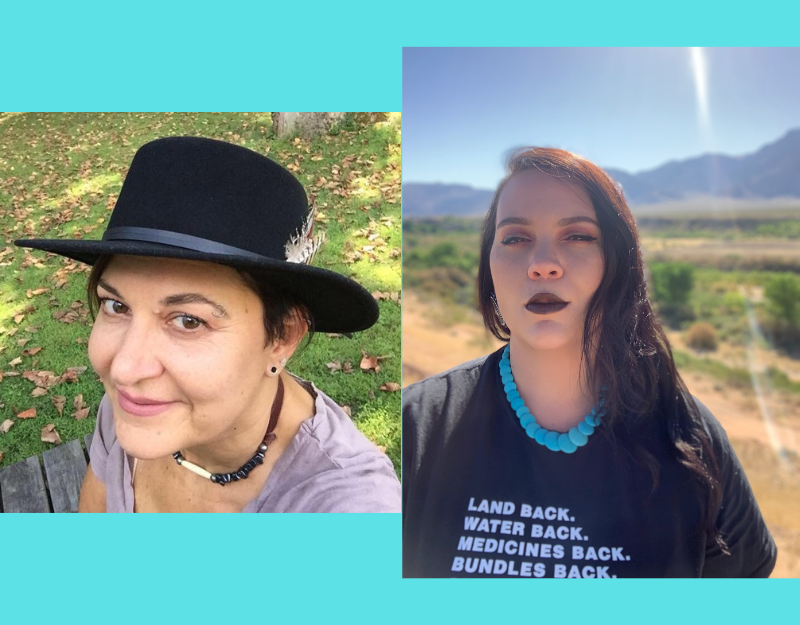
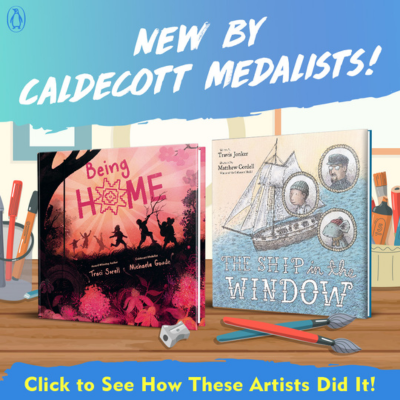
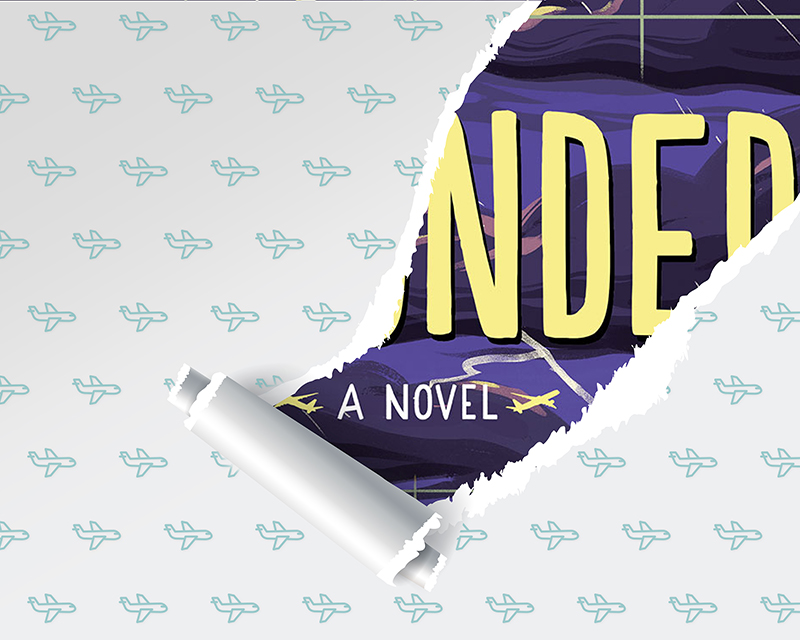
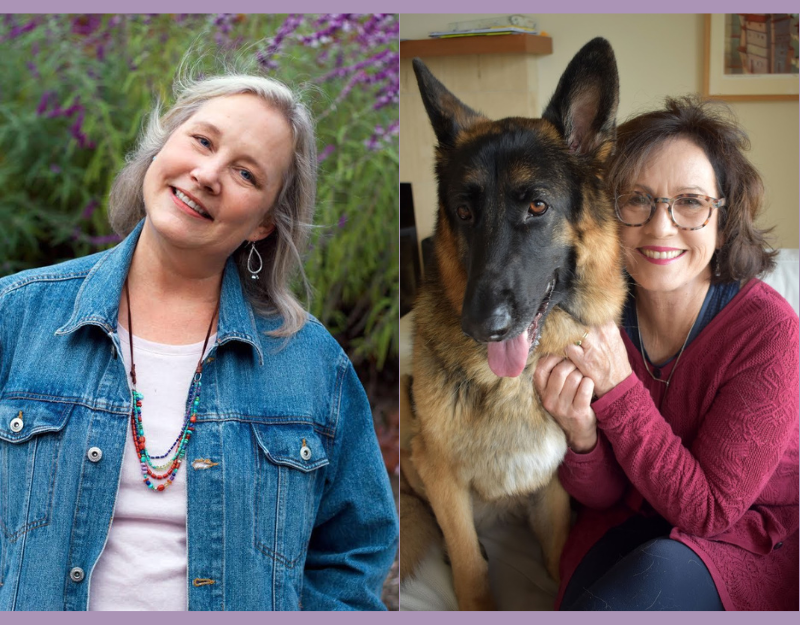
How have I never heard of this book?! Maybe because I spent a good amount of time in my early career absolutely OBSESSED with the “Tomorrow” series – nothing else existed. Interestingly, QL has 17 copies of the book and all but one is in the picture book section (the exception is in the J fiction section). I requested it and can’t wait to read it. (P.S. And I’m posting Marsden’s blog quote on my own blog. Brilliant.)
Wow. He started his own school???
This is a great intro to an author I really didn’t know much about as a person. Thanks!
Wow.
The book and film, Rabbit Proof Fence sort of brought me low for days. And yes, I was a person who was depressed by the Lorax thing as well. So I would be cautious sharing this with a particular kind of child as well, but oh, the power and awesomeness of other adults taking something as powerless as a rabbit and having it take over. Amazing.
Shaun Tan’s “the Red Tree” blew me away a couple years ago (and raised similar questions about whether it was just too bleak to be a book for children). Now I can’t wait to read The Rabbits.
Thanks for all the fascinating info. My book list just keeps getting longer–though it remains to be seen if our library even has this book…Yes, I just checked and they do…and it’s in the children’s section.
Hello all… I am a teacher in Canada and became acquainted with “The Rabbits” through my school library (elementary/primary) a couple of years ago.
I too was laid low, stunned and at times overwhelmed. Those of you familiar with Canadian history know that the fates of our aboriginal First Nations mirror that of the native creatures in the book.
I recently used the book as a prompt in a university Masters course assignment around the notions of hope/despair in modern culture. My interviewee was emphatic that she would not read this to children younger than 12 or so.
My question for all is this… how young of an audience would you introduce this to?
My sincerest appreciation to Mssrs. Marsden and Tan for this, truly, paradigm shifting book.
A decent question. I found this book initially in the children’s room of the Minneapolis Public Library’s downtown location. It’s heartbreaking, but so is The Lorax. I mean, you could argue that this book is based on true events and therefore more wrenching, but little kids won’t see it that way. They’ll see a sad book, just like The Snowman, The Lorax, or any other of the unhappy ending picture book tales out there. It’s utterly appropriate for kids. It’s just a question of whether or not they’d be interested in it or not.
In Australia, today was ‘sorry day’- a day where our prime minister said sorry for the stolen generation and the way in which the aboriginal communities were treated by past governments. As a kindergarten teacher, I found this book a great way to explain some of the happenings of Australian history, and to assist in explaining the purpose of Sorry Day. What a fantastic book!
Everyone here is missing the point of this text. The text is based on problematic idealogical discourses dominated by colonial frameworks. Be careful how you teach this text, you could indoctrinate your students with false assumptions about Australian History.
i need to find the pictures-not text!